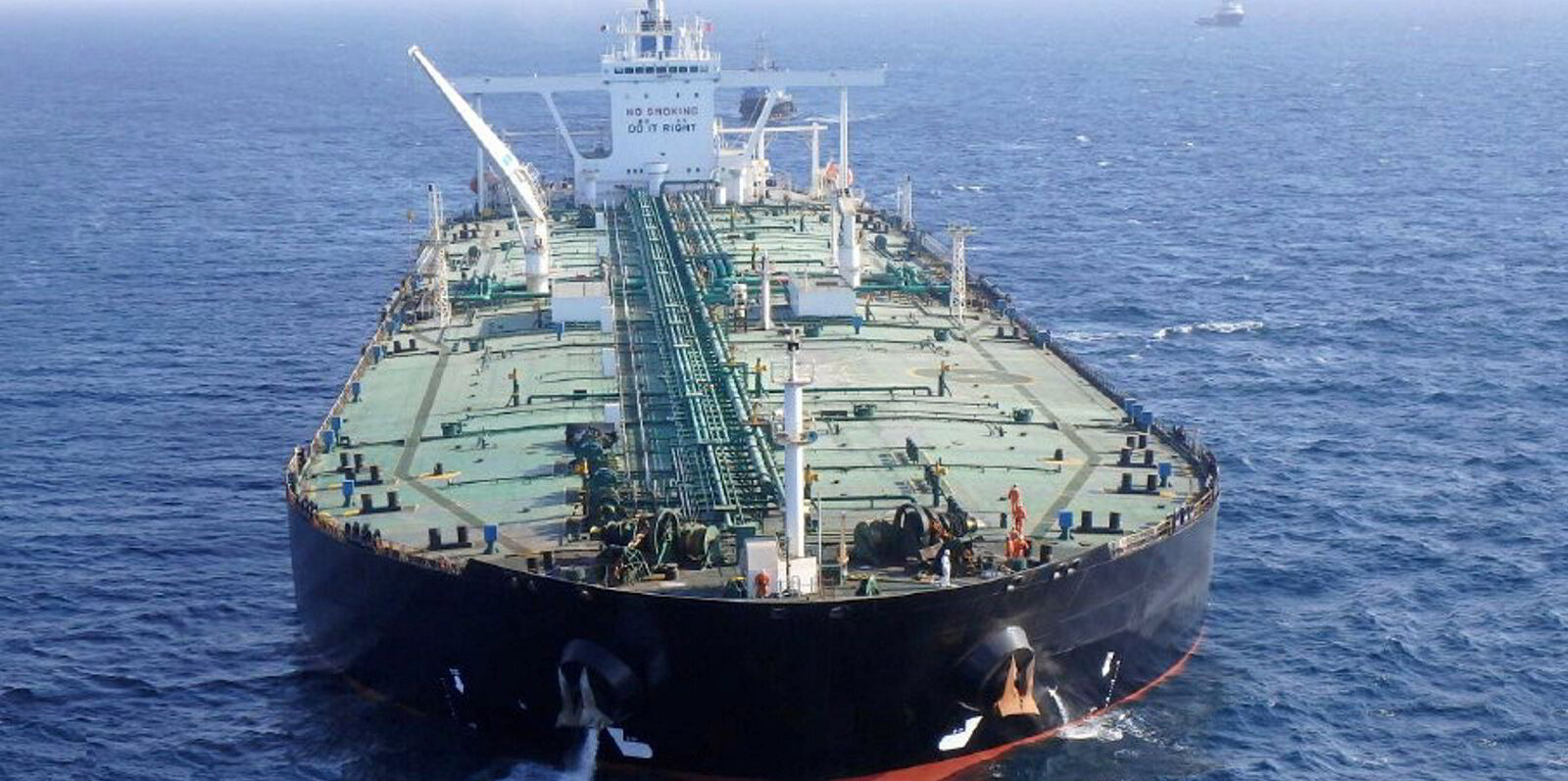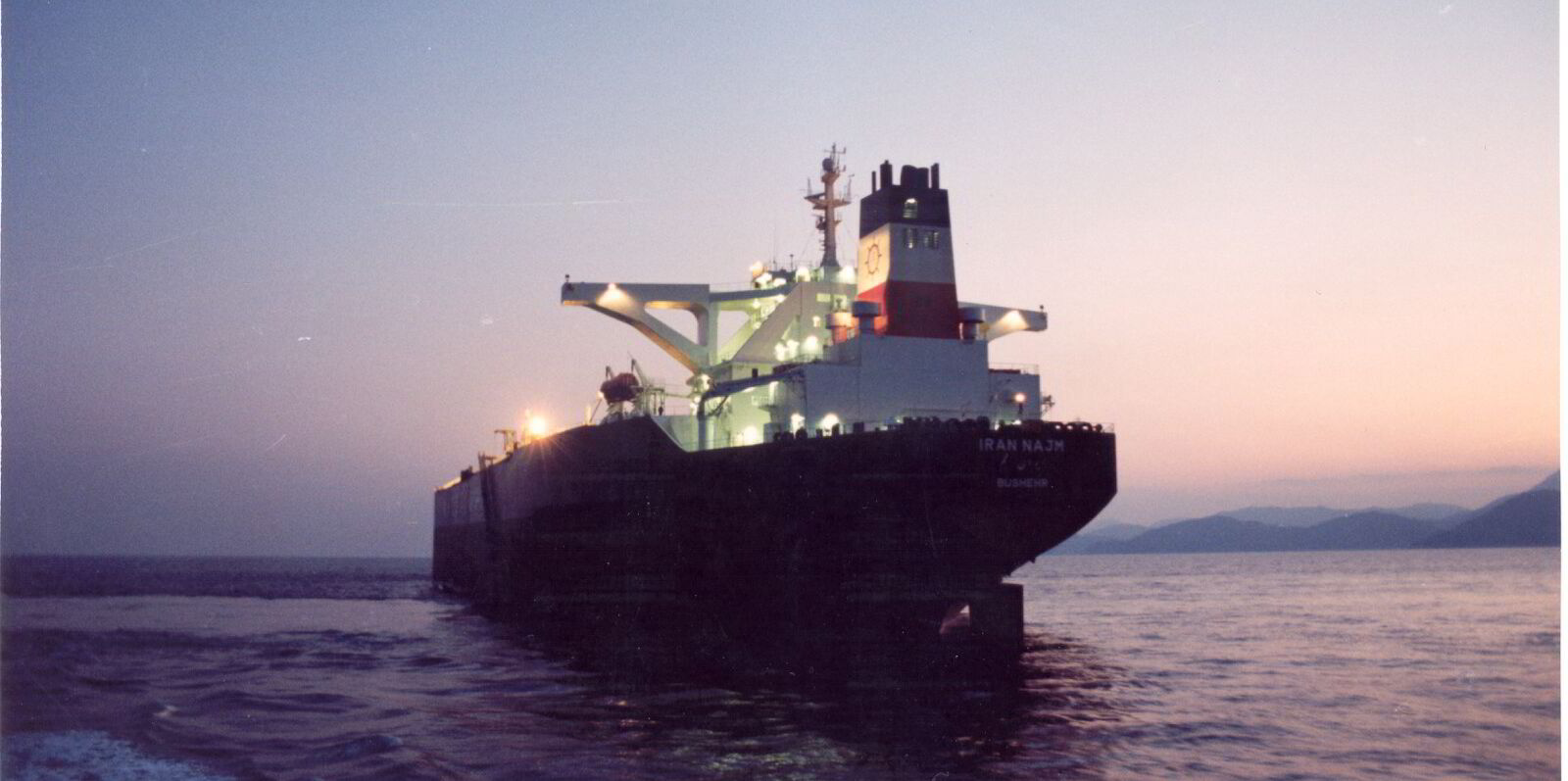Iran has shown it can export oil from outside the potential Strait of Hormuz chokepoint, with a first VLCC loading at the new Jask terminal in the Gulf of Oman.
Data from consultancy Kpler showed National Iranian Tanker Co’s 318,000-dwt Dune (built 2013) lifted 2m barrels of crude there on 2 October.
S&P Global Commodities at Sea said the tanker’s last reported position was east of Singapore on 11 October, heading to China.
AIS data shows the tanker heading to Asia for orders nine days ago.
The loading is significant because it demonstrates Iran could still export oil even if it shut the Strait of Hormuz to tankers.
And it diversifies its capabilities if an Israeli retaliatory attack were to hit its oil facilities.
The Dune loaded at a single buoy mooring at Jask.
Previously, 90% of the country’s crude was loaded at the Kharg terminal west of Hormuz.
Jask is a new $2bn project that has seen 20 storage tanks built, connected to a 1,000-km pipeline from the Goureh field.
The terminal can load a suezmax cargo equivalent per day.
More than half Jask tanks complete
S&P Global said technical faults had delayed its opening.
Satellite imagery shows that 11 of the 20 tanks are now complete, allowing 5.5m barrels to be stored.
Last week, it was reported that Iranian authorities were tackling an oil spill 6.4 km off its main crude export terminal at Kharg.
The oil came from subsea pipelines.
The Tasnim news agency said two slicks were spotted, citing Mohammad Shakibi-Nasab, director general of the regional ports and maritime organisation.
It is unclear if tanker loadings were affected.
Iranian tanker shipments had plunged nearly 70% in the first 10 days of October over fears of Israeli retaliation for Iran’s missile attack.
NITC moved vessels away from its key export terminal on Kharg Island during the period.
Data obtained by Iran International suggests the country loaded only 600,000 barrels per day in the first 10 days of the month, down from an average of 1.5m bpd in recent months.
Tracking data shows an increase in tanker numbers at the Kharg terminal since 10 October.
Loadings have resumed, but are slower than usual. Export volumes are now estimated at 800,000 bpd.
Reports have since claimed Israel will not target Iran’s oil terminals.






